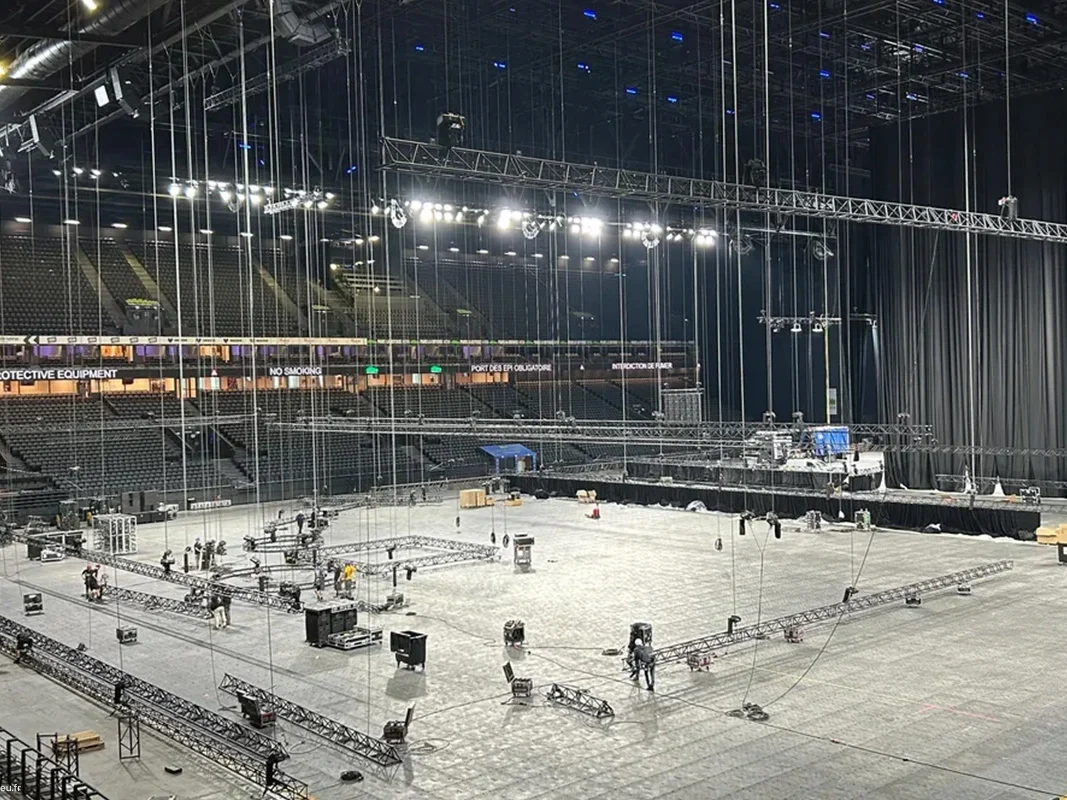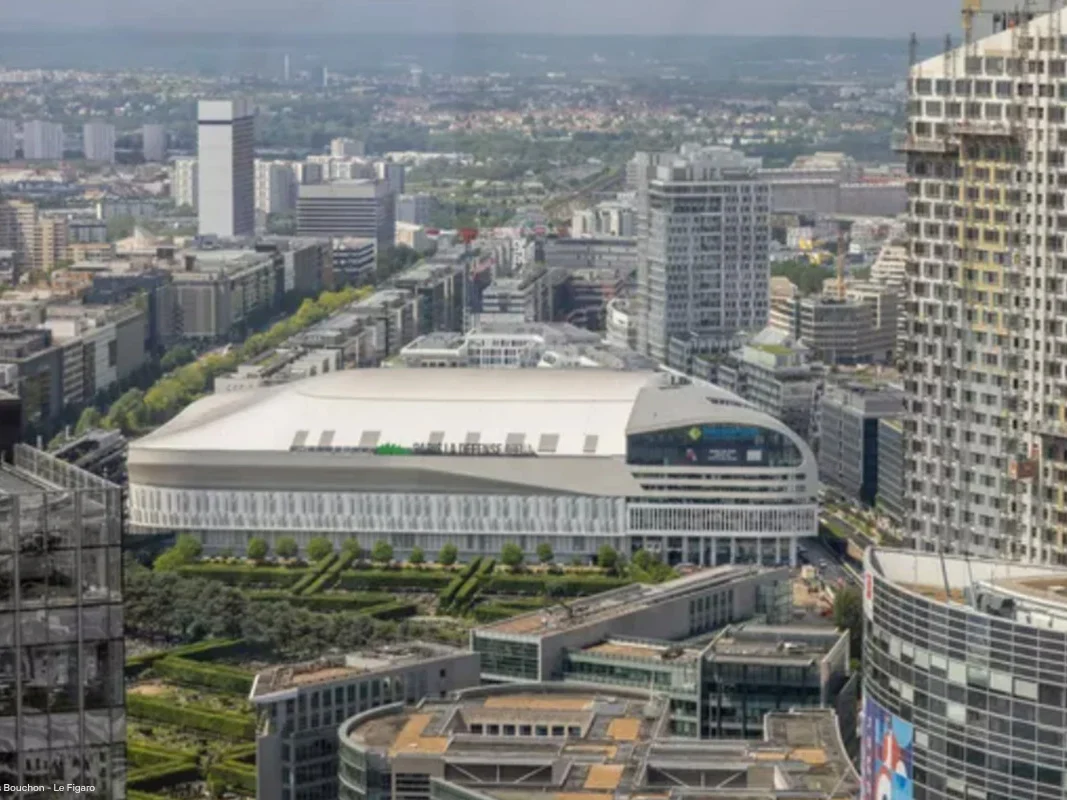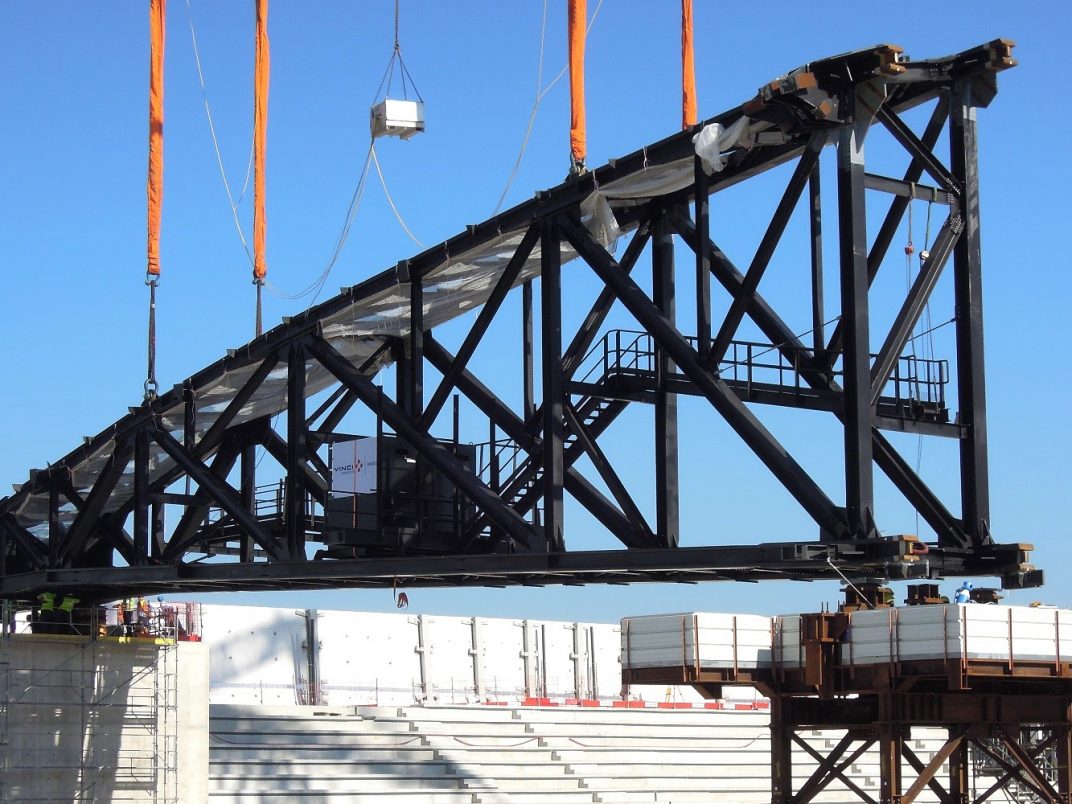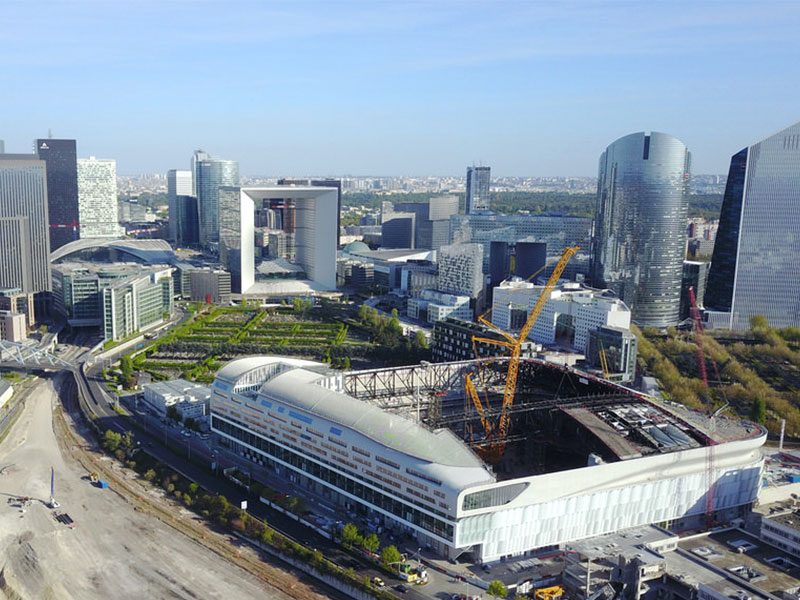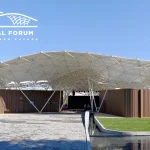From 25 October to 2 November 2025, Paris hosted a historic edition of the Rolex Paris Masters, the final Masters 1000 tournament of the ATP season.
For the first time in almost forty years, the tournament left its historic home in Bercy and moved to the Paris La Défense Arena, a multi-purpose venue capable of accommodating up to 45,000 spectators and recognised as the largest indoor arena in Europe.
World tennis in Europe’s largest indoor arena
The change of venue marks the beginning of a new era for world tennis: five courts in total, four for competition and one for training, over 4,500 m² of playing surface and a centre court with 17,500 seats, second only to Arthur Ashe Stadium in New York.
With cutting-edge architecture offering more space, optimised comfort and immersive scenery, the tournament has adopted a new slogan: Vibrons plus grand. A promise of more intense emotions for fans and an unprecedented sporting experience.
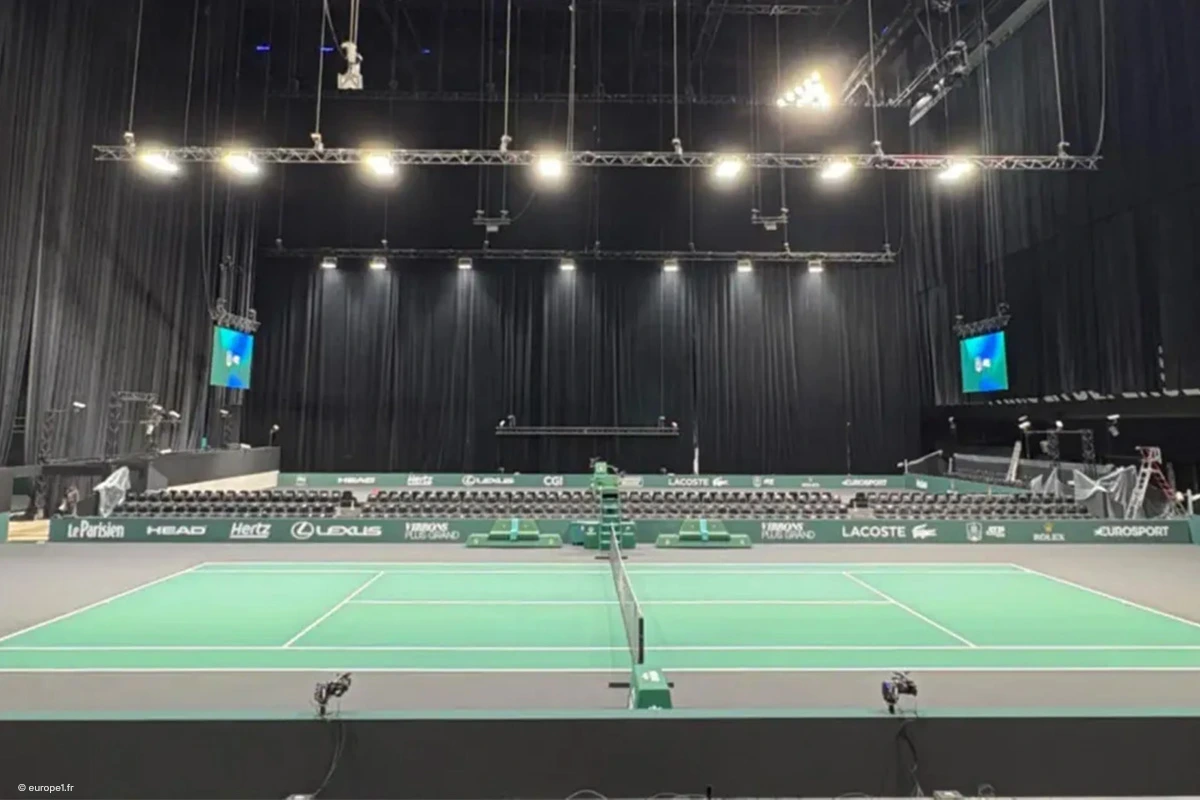
A transformation in record time
To host the tournament, La Défense Arena was transformed in just ten days, going from Racing 92 stadium to international tennis stage.
On 13 October, just minutes after the end of a concert, the complete reconfiguration of the space began: installation of five courts, laying of 4,500 m² of flooring, creation of temporary stands and installation of 37-metre-high blackout curtains to acoustically separate the different playing areas.
This metamorphosis demonstrates the extraordinary flexibility of an infrastructure designed to change function and configuration without compromising structural and acoustic performance: an innovative engineering concept that combines modularity, technology and acoustic comfort. The result is an arena that not only welcomes the world’s best tennis players, but also hosts – for the first time – a wheelchair tennis tournament, confirming the event’s commitment to inclusion and diversity in sport.
The origins of La Défense Arena
La Défense Arena is not just a sports venue, but a model of multifunctional architecture. From the outset, the aim was to build a facility capable of hosting Racing 92 rugby matches while also generating new economic opportunities through a variety of events, including concerts, fashion shows, international sporting events and live performances.
With a total investment of around €350 million, the project focused on cutting-edge technology and a modular capacity ranging from 20,000 to 40,000 seats, depending on the event being hosted. The collaboration with the Canadian company Moment Factory, which specialises in digital scenography, defined one of its most distinctive features: an integrated system of lights, projections and sound that transforms every event into an immersive experience.
The choice of location was not random: the structure is located in Nanterre, in the heart of the La Défense financial district, in visual continuity with the monumental axis connecting the Arc de Triomphe, the Champs-Élysées and the Grande Arche. A powerful urban symbol, designed to connect sport with the modernity of Paris.
Incide Engineering’s contribution to the creation of the Défense Arena
In the original arena project, Incide Engineering was directly commissioned by GTM Bâtiment (Vinci Construction to coordinate and optimise the executive design on site and the management of all the temporary works necessary for lifting the roof. This was a highly complex operation that required careful technical coordination with all the companies involved, with the aim of enabling the enormous roof to be lifted in conditions of absolute safety and precision.
One of the largest crawler cranes in Europe was used for the assembly operations, supported by internal and external mobile cranes and civil cranes for secondary lifting.
The main roof was lifted in a single operation, thanks to 12 strand jacks positioned at the top of the structure: an extremely precise engineering process that achieved a result that was as ambitious as it was stable.
The team’s commitment lasted for about three years, with personnel seconded directly to the Nanterre site, working side by side with the main players in the project.
Among the most complex operations were the lifting of pre-assembled roof elements, complete with air treatment systems, weighing approximately 400 tonnes, hoisted to a height of 38 metres using multi-storey balancing systems and hydraulic pistons for load verification.
Also particularly noteworthy is the lifting of 70-metre spatial truss beams, with unconventional geometry and flexural and torsional stability problems, solved with an innovative system of pulleys and hydraulic cylinders.
Today, that same roof, the result of calculation, coordination and expertise, is the setting that hosts thousands of spectators and the best players on the ATP circuit.
Engineering for sport and entertainment: Incide’s expertise
The work carried out for the Paris La Défense Arena reflects one of Incide Engineering‘s key areas of expertise: the integrated design of sports infrastructure and entertainment venues, skilfully combining structural innovation, safety and sustainability to create spaces for social gathering, symbols of collective identity and representative value.
From football stadiums to multi-purpose arenas, from event arenas to live entertainment venues, each project stems from a constant search for balance between function, technology and architectural form.
The goal is to create sustainable, accessible and recognisable structures that can become icons in the urban context in which they are located.
Thanks to the use of BIM methodology, Incide guarantees complete coordination between the design disciplines and control of time and costs in all phases of the process.
The integrated offer covers the entire life cycle of the work:
- architectural and structural design;
- MEP systems and mechanical and electrical engineering;
- interior design and fittings;
- construction management and safety coordination;
- acoustic and lighting design.
Notable projects include the renovation of the Stadio Friuli, the CONI Sports Hall, the Grand Théâtre de Rabat, the Thermal Forum in Abano, and the Seine Musicale in Paris – examples of engineering expertise that translates complexity into harmony and design and is capable of anticipating the future needs of those who enjoy sport and entertainment.

